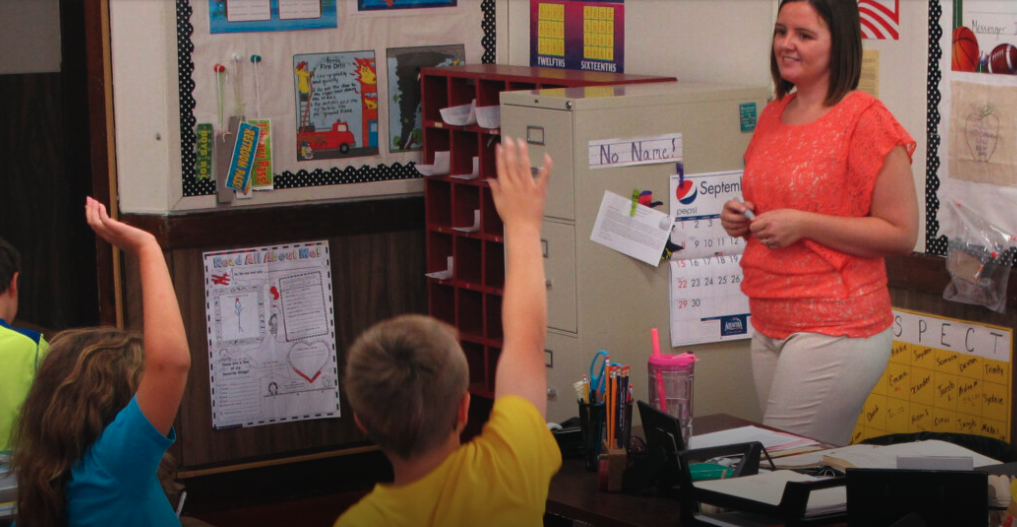Illinois schools push district consolidation to fix teacher shortage

Somonauk School Board President Mike Short said it’s a disservice to students that a statewide teacher shortage, aggravated by the COVID-19 pandemic, forced Somonauk High School to offer online science classes instead of hands-on experiments.
“We’re able to provide the students an online curriculum for the science classes,” Short said. “But doing a science experiment virtually where you click with your mouse and move this beaker to that beaker and pour this vial into that one and watch the reaction happen on a computer screen in an animated drawing? It’s nowhere near the same.”
At nearby Leland High School, students can’t earn college credit through advanced placement courses, also because of staffing shortages. Leland School Board President Claire Anderson and Short agree consolidating the school districts would resolve issues for both districts, and are asking voters to make the change in June.
School district consolidation is an issue throughout Illinois, which has 852 school districts and nearly half of those districts serve only one or two schools. As a result of all that duplication, Illinois leads the nation in administrative overhead.
If Illinois matched the national average, it would consolidate 220 districts – a 25% drop. That would save nearly $732 million now going to unnecessary overhead, which instead could be used to hire teachers and boost academics or used to slow the growth of the nation’s second-highest property tax burden.
Illinois has a plan to do just that, but it requires the political will.
The Classrooms First Act was introduced by state Rep. Rita Mayfield, D-Waukegan, in 2019. Illinois House of Representatives members unanimously passed it, but it never received a full vote in the state Senate.
The act would create the Efficient School District Commission, tasked with making recommendations for consolidating 25% of districts. Each recommendation then would be approved by local voters, with each district agreeing to the mergers.
Somonauk and Leland are good examples of how it could work to give students greater academic offerings and taxpayers a break. Both schools would use the same buildings and no one will lose their job, but Short and Anderson said the benefits will be quickly obvious.
“There are going to be quick gains. But in 10 years, in 20 years, what kind of district can we be proud of that we’re offering excellent student life and academics, and still being really tax-savvy with our taxpayers?” Anderson said.
If voters approve, the new district would start in the 2022-23 school year.
Giving voters the choice to reduce the cost of administration and put more money into classrooms is just smart. Putting $732 million a year into classrooms or curbing property taxes would benefit all Illinoisans.
Miss Clipping Out Stories to Save for Later?
Click the Purchase Story button below to order a print of this story. We will print it for you on matte photo paper to keep forever.

